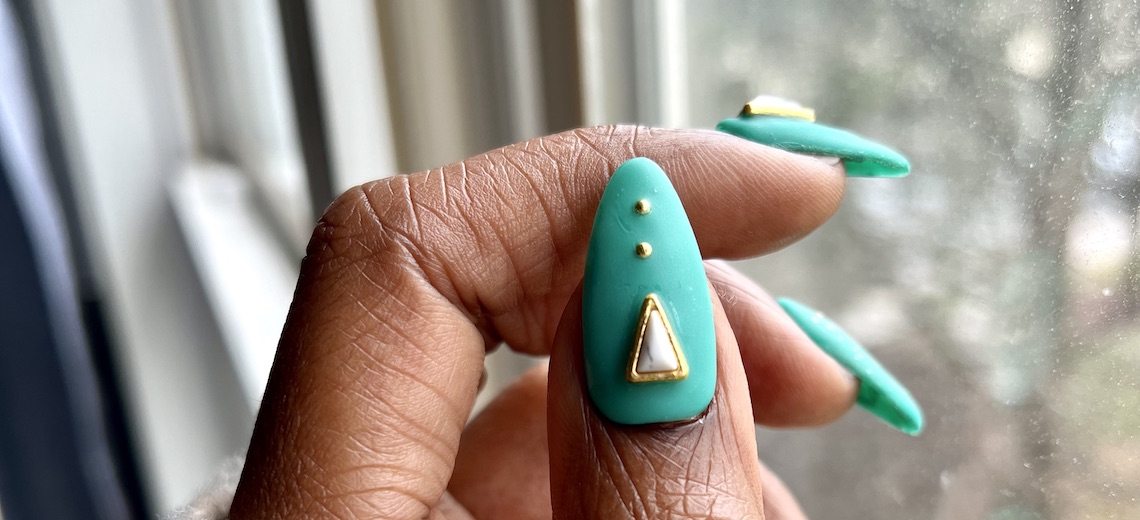A skyrocketing number of new businesses have been formed during the ongoing pandemic, and data from Alibaba.com indicates many of them are beauty brands.
“Beauty and personal care” is now the third-largest category on Alibaba.com, the Alibaba Group-owned trading platform which connects international businesses with manufacturers in China. The category has taken off on the platform, as U.S. Census data showed that the number of new businesses being registered grew by 53% during the pandemic.
“Beauty and personal care have been on a steady upward trend over the past two years,” said Erica Chan, head of brand, experience and insights for B2B North America at Alibaba.com. “Versus last year, beauty and personal care is one of the categories that went from top 10 to now being top five,” she said.
The top five beauty subcategories for items ordered through the platform are hair extensions, men’s grooming, false eyelashes and tools, skin-care and tools, and beauty equipment for spas or hair salons, with an average order value around $2,000 among all categories on Alibaba.com.
Businesses using Alibaba.com for sourcing include both services businesses and e-commerce businesses. In addition, many services businesses expanded into e-commerce as a result of the pandemic.
Tech entrepreneur Aurelia Edwards, for example, launched Nailstry, an AI app for custom-fitting press-on nails with designs, in March 2020. She received a $10,000 cash grant from Alibaba.com and uses it to source products in the brand’s custom nail kits, such as alcohol pads and nail files, as well as design elements like nail charms.
When she first told her friends about her press-on nails brand pre-pandemic, “they said I was nuts,” said Edwards, who opened a store in New York’s West Village for press-on nail designs in 2018. Demand for press-ons with designs has surged, as a result of the pandemic. The trend is part of a broader DIY boom that has helped spur new beauty businesses to launch during the pandemic, she said. “From a consumer standpoint, you have more people who are interested in beauty who are doing it themselves. And then you also have people who were looking for side hustles, so maybe during the pandemic, they may have pivoted [their career direction] and started a nail business,” Edwards said.
Ad position: web_incontent_pos1
“The line between personal ordering and business ordering is becoming increasingly blurry,” said Chan. “Something that might start as a side hustle or as a hobby is eventually turning into a business.”
Social media and the rise of influencer brands at all levels have also been behind the beauty startup boom.
“A lot of these influencers are starting to want to monetize their popularity with their line of whatever. Alibaba is a great source — the barrier to entry into having your own makeup line is so low,” said Eva Jane Bunkley, an Emmy-winning makeup artist who founded a beauty tools company, Eva Jane Beauty. The brand primarily sells on Amazon, offering its signature Makeup Bullet sponge, which is made in the U.S., as well as tools such as a silicone brush sourced from Alibaba.com.
Alibaba.com sourcing is not without its challenges for small businesses. Bunkley noted that she has seen copies of her Makeup Bullet pop up on the platform, but it was “always good where if I reported an infringement, [it] made those people take it down.”
Minimum order quantity can also be a challenge for small businesses.
Ad position: web_incontent_pos2
“As a small business, a 10,000 minimum order doesn’t make sense for me, but through negotiations and finding the right vendor, I can find smaller quantities,” said Edwards. Sometimes she will also place bulk orders in combination with other business owners to meet the minimum.
As more businesses spring up, Alibaba.com is claiming that, in the future, it is aiming to expand its focus on suppliers from China to a wider base, especially considering international shipping issues in the global supply chain.
“Supply chain challenges, unfortunately, are not a thing of the past yet,” said Chan. “For Alibaba.com, part of our transformation in the past few years is to diversify our supplier base. Because of the way we grew up, the majority of our supply has historically been China or Asia-based,” she said. The goal now is “making sure we have suppliers from all parts of the world. We want to make sure, for example, that for our U.S.-based buyers, if their shipments from Asia are getting delayed, we can help them find options that are either local or closer.”




